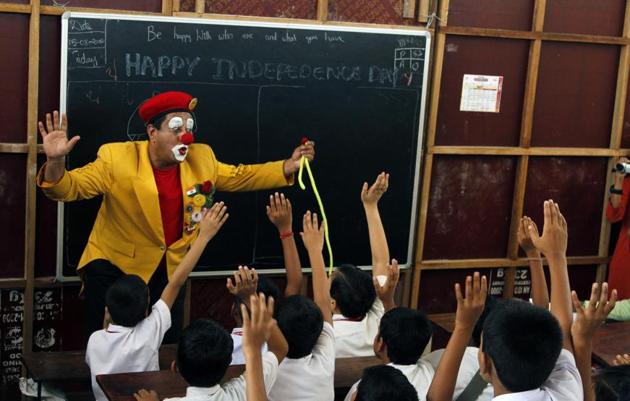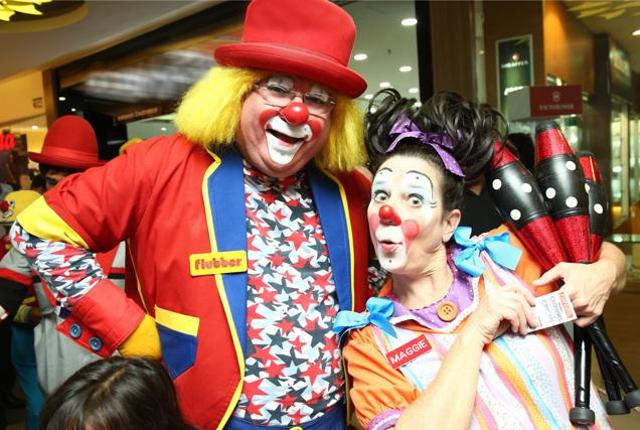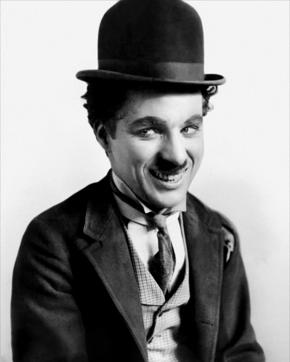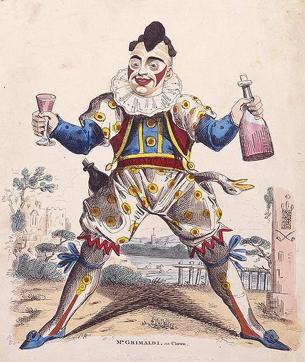No need to juggle: There’s plenty of opportunity for today’s full-time clown
It’s now possible to be a professional clown and find a job in theatre or as a medical ‘clownsellor’. But who’s behind the masks and red noses, and why did they pick this life?
Sukhmani Kohli says she always struggled to fit in. At the age of 18, she met a clown. “It was at a workshop in Chandigarh,” she says. “The moment I put on that red nose, it gave me the licence to be anyone I wanted to be.”

Kohli eventually dropped out of college, switched from jeans to loud floral prints, multi-coloured stockings and polka-dot neckties, and became Nana Bacana, a quintessential happy clown — warm and lovable, boisterous and bossy, attention-seeking, red-nosed. Ten years on, she loves her job. “As a clown I could be my quirky self and people started accepting things about me that they normally wouldn’t,” she says.
The clown’s has always been a nuanced role — from the jesters that spoke truth to power in royal courts around the world to the tramp that took on a dictator via Charlie Chaplin, and was then mirrored by our most memorable joker, Raj Kapoor.
Today’s clowns are finding new doors open for them (with no pie flying in their face). They’re finding full-time work as theatre artistes in special clown production troupes; as ‘clownsellors’ in hospitals; and of course in today’s big tents — event management companies.
MadHatters in Mumbai has about 100 clowns on their roster. “These include interactive clowns as well as circus troupes of five to ten clowns who put on private shows,” says proprietor Martin D’Souza, 50, aka Flubber the Clown.

Bulk orders, as it were, come from malls and hotels in Delhi, Bengaluru, Chennai and Pune, where clowns liven up parties, interact with guests on special occasions or participate in carnivals.
“We have done parades and carnivals in the malls where at least ten clowns put on a show and then go around and interact with the audience. It’s a different experience for the customer and the customers enjoy it,” says Lijin Thomas Varghese, centre director for the RMZ Mall in Bengaluru and formerly head of marketing at Phoenix Market City, Chennai.
Meanwhile, in the paediatric wards of hospitals across the country, groups set up between three and five years ago such as Agarwal’s Clownselors in Delhi, Docteur Clown and Compassionate Clowns in Bengaluru and the Little Theatre in Chennai have begun to provide ‘clownsellors’ to engage with the lonely, sick or convalescing, including at hospitals, orphanages and homes for the aged.

Clownselling works a little differently. “We’re not performers,” says Sheetal Agarwal, 33, who quit her job as a professor of sociology to become a full-time clownsellor in Delhi. “We engage with the patients with the aim of forming a connection, as an informal form of therapy.”
These clowns typically don’t have clown personas. They keep the red nose and rainbow wig, but the comedy is calmer and more inclusive.
“Agarwal’s Clownselors started visiting the Chacha Nehru Bal Chikitsalaya three years ago, and have been invited back every week since then. We have found that having them around reduces stress for patients, and for doctors,” says Dr Mamta Sengar, head of the paediatric department at this children’s hospital in Delhi. “We’ve seen severely sick children start to speak to us and laugh and even have an appetite for food. We also use them during awareness weeks because to help send out our message.”

Trick or treat
So, what makes someone pick clowning as a profession? Sometimes it’s a reflection of who you are, and other times, who you’d (sometimes) like to be. Agarwal remembers putting on the nose for the first time, and feeling free. Many clowns talk about the get-up, especially the nose, as a sort of shield rather than a costume.
“It’s as if we’re not afraid of people judging us anymore,” Agarwal says.
Timothy Thomas, 22, a rather talkative clown from Bengaluru, says he picked it because it felt like a fun extension of who he was. “Many clowns spend years discovering their clowning personalities. Mine is just me,” says Thomas.
Through the week, he runs his NGO, Youth Brigade. On weekends, he works weekends as the goofy, cheerful Tim, earning between ₹15,000 and ₹50,000 a month performing at Sunday brunches at a five-star hotel and the odd birthday party.
For Dhruvil Shah from Mumbai, also 22 but a rather serious and understated young man, the clown personality Sparkles, a hyper-excited juggling clown, is a way to get out of his own head. He trained at Madhatters five years ago and now works with them part-time; when not in costume, he works as a graphic designer and model.

There is no formal path to becoming a clown in India. Established clowns conduct workshops. Some old-timers offer apprenticeships. Many of India’s clowns are self-taught.
Some event management companies, like MadHatters, offer on-the-job training that can go on for one to three years.
“We teach everything from magic to mime, unicycling, juggling, spinning plates, gags, twisty balloon modelling and how to blow giant bubbles, of course,” says D’Souza, who studied clownology at the University of Wisconsin, La-Crosse, in the US. “We also help develop their clown personalities, whether it is loud, shy, big, small, jumpy, and do a lot of improv and interaction workshops to help develop those personalities.”
Pravin Tulpule, for instance, specialises in failed tricks. Also known as Dr Laugh-a-Lot and Happy the Caring Clown, he starts off by getting the names of colours wrong. Then proceeds to his opening act, a trick with a hanky and stick. He puts the hanky on the stick, waves it around and promises it’ll change colour. Nothing happens. So he calls some children from the audience in to help. They say the magic words, but instead of the hanky changing colours, the stick does. He asks the audience to repeat the magic words. Now the stick changes into a string of hankies.
Role play
When it comes to the outfits, improvisation is key. Over the 20 years that Tulpule has been clowning, he has pieced together some 20 outfits, a mix-and-match of oversized shirts and jackets, Capri pants and colourful pyjamas in vibrant prints, collected over the years.
“I have some costumes stitched by local tailors, but only after a lot of grumbling and confusion,” he says, laughing. “My only issue today is my shoes, which I still have to import.”
Catch your daily dose of Fashion, Taylor Swift, Health, Festivals, Travel, Relationship, Recipe and all the other Latest Lifestyle News on Hindustan Times Website and APPs.



